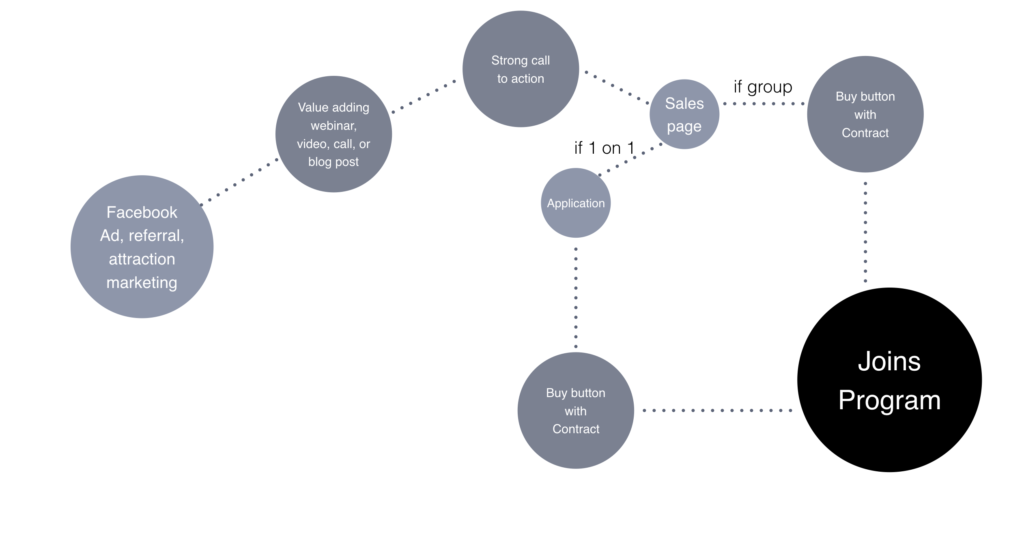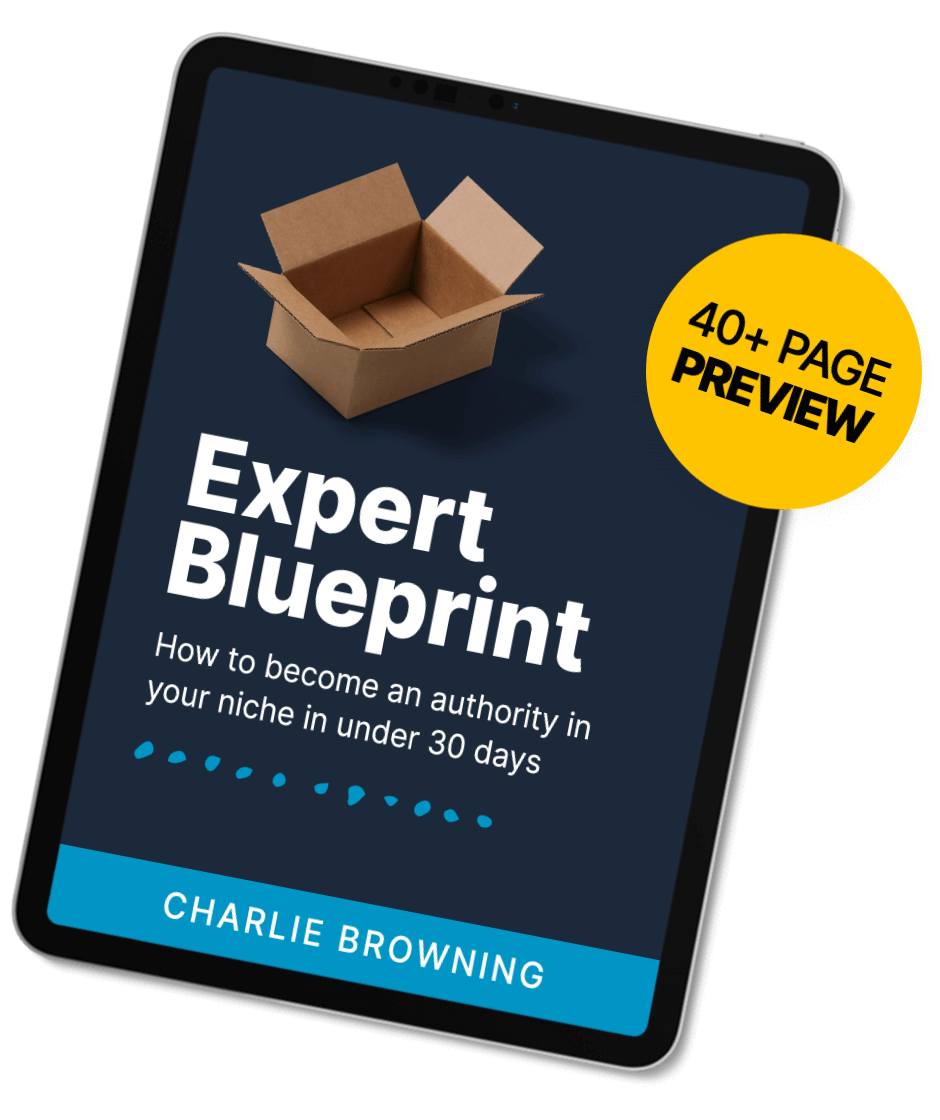This post is all about blog for business.

Blogging for business is a powerful marketing strategy that can help drive traffic to your website and generate leads.
By creating high-quality, informative content that resonates with your target audience, you can establish your brand as an authority in your industry and build trust with potential customers.
In today’s digital age, having a blog for your business is essential. It can play a crucial role in building your brand, establishing your online presence, and attracting new customers.
I love blogging and I think it is a great way to add value to my clients in over 20 countries and I am confident that your clients and potential clients will enjoy your content as well!
Blog For Business
Here are some reasons why having a blog is important for your business:
- Establishing Your Authority: Writing blog posts on topics related to your industry can help establish you and your business as an authority in that field. By providing valuable information and insights, you can gain the trust of your audience and position yourself as an expert. This, in turn, can help you attract more customers and grow your business.
- Search Engine Optimization (SEO): Blogging can also help improve your website’s search engine rankings. By creating relevant and informative content, you can target specific keywords and phrases that your potential customers are searching for. This can help you appear higher in search engine results pages (SERPs) and increase your visibility online.
- Engaging Your Audience: A blog can be an excellent platform to engage with your audience and build a community around your brand. By encouraging comments and feedback, you can foster a dialogue with your readers and build a relationship with them. This can help increase brand loyalty and create a sense of community around your business.
- Marketing and Promotion: Your blog can be an excellent marketing tool. By creating content that is informative and helpful, you can attract new customers and generate leads. You can also use your blog to promote your products or services, and to showcase your expertise and unique selling points.
- Cost-effective: Blogging is a cost-effective way to market your business. Unlike traditional advertising methods, such as print or TV ads, a blog can be created and maintained for a relatively low cost. This makes it an excellent option for small businesses or startups with limited marketing budgets.
Having a blog for your business is crucial in today’s digital age. It can help establish your authority, improve your search engine rankings, engage your audience, and promote your brand.
So if you haven’t already, consider starting a blog for your business today!
Click here for a coaching business plan.
Here are some tips on how to create a business blog that drives traffic and generates leads:
- Define Your Target Audience: Before you start blogging, it’s important to define your target audience. Who are you writing for, and what are their pain points and challenges? By understanding your audience’s needs and interests, you can create content that speaks directly to them and resonates with their interests.
- Create High-Quality Content: To attract and engage your target audience, you need to create high-quality content that provides value and answers their questions. Be sure to use a mix of formats, such as blog posts, videos, infographics, and more, to keep your content fresh and engaging.
- Optimize for Search Engines: To ensure your content is discovered by your target audience, you need to optimize it for search engines. Use relevant keywords in your headlines, subheadings, and body copy, and make sure your content is easy to read and well-organized.
- Promote Your Content: Once you’ve created your content, you need to promote it to your target audience. Share your blog posts on social media, email your subscribers, and consider partnering with other influencers in your industry to get your content in front of a wider audience.
- Monitor Your Results: To ensure your blogging efforts are driving traffic and generating leads, you need to monitor your results. Use tools like Google Analytics to track your website traffic and engagement metrics, and use this data to make adjustments to your blogging strategy over time.
Blogging for business is a powerful marketing strategy that can help you drive traffic to your website and generate leads.
By creating high-quality content, optimizing for search engines, promoting your content, and monitoring your results, you can build a successful business blog that helps grow your brand over time.
How to create sales funnels while you are blogging for business
Creating a sales funnel through your blog can be an effective way to convert your blog readers into paying customers.

Learn how to get sales daily on autopilot here now.
Here are some steps to create a sales funnel through your blog:
- Create valuable content: The first step in creating a sales funnel is to create valuable and engaging content that will attract your target audience. This could be in the form of blog posts, ebooks, webinars, or any other type of content that your audience finds helpful and informative.
- Add lead magnets: To capture the contact information of your blog readers, you can offer lead magnets such as free ebooks, checklists, or webinars that are related to your blog content. By offering these valuable resources in exchange for an email address or other contact information, you can build your email list and move your readers further down the sales funnel.
- Nurture your email list: Once you have captured the contact information of your blog readers, you can start nurturing your email list. This can be done through a series of email campaigns that provide even more value to your subscribers. You can share more helpful tips, case studies, and customer success stories, as well as offer special promotions and discounts.
- Offer a tripwire: A tripwire is a low-cost, high-value offer that is designed to convert your email subscribers into paying customers. This could be a special discount on your product or service, or a limited-time offer that is only available to email subscribers. By offering a tripwire, you can move your email subscribers further down the sales funnel and increase your conversion rates.
- Make a sales pitch: Once you have nurtured your email list and provided value to your subscribers, you can make a sales pitch for your product or service. This could be done through a special promotion or discount, a limited-time offer, or a personalized email that addresses your subscriber’s specific needs and pain points.
Creating a sales funnel through your blog can help you convert your blog readers into paying customers.
By creating valuable content, adding lead magnets, nurturing your email list, offering a tripwire, and making a sales pitch, you can move your readers down the sales funnel and increase your conversion rates.
Learn how to market your business on social media here.
How to stay consistent when creating a blog for business
Consistency is key when it comes to creating a successful blog for your business.
Here are some tips on how to stay consistent:
- Create a content calendar: Planning ahead is essential to staying consistent. Creating a content calendar can help you plan out your blog posts in advance, so you always know what you’re going to write about and when. You can use a tool like Google Sheets or Trello to create your content calendar.
- Set a schedule: Once you have your content calendar, set a schedule for when you will write and publish your blog posts. This could be daily, weekly, bi-weekly, or monthly, depending on your goals and the time you have available. Setting a schedule and sticking to it will help you stay consistent and build a regular readership.
- Batch your work: Instead of writing and publishing blog posts as you go, consider batching your work. This means dedicating a block of time to write several blog posts in one sitting. This approach can help you be more productive and stay consistent.
- Repurpose your content: To stay consistent, you don’t always have to create new content from scratch. Repurposing your existing content can be an effective way to stay consistent and provide value to your audience. For example, you could turn a blog post into a video, podcast episode, or social media post.
- Hold yourself accountable: Finally, holding yourself accountable is essential to staying consistent. Set goals for yourself and track your progress. Consider working with a mentor, coach, or accountability partner to help you stay on track and achieve your goals.
Staying consistent when creating a blog for your business requires planning, discipline, and accountability.
By creating a content calendar, setting a schedule, batching your work, repurposing your content, and holding yourself accountable, you can stay consistent and build a successful blog for your business.
This post was all about blog for business.









